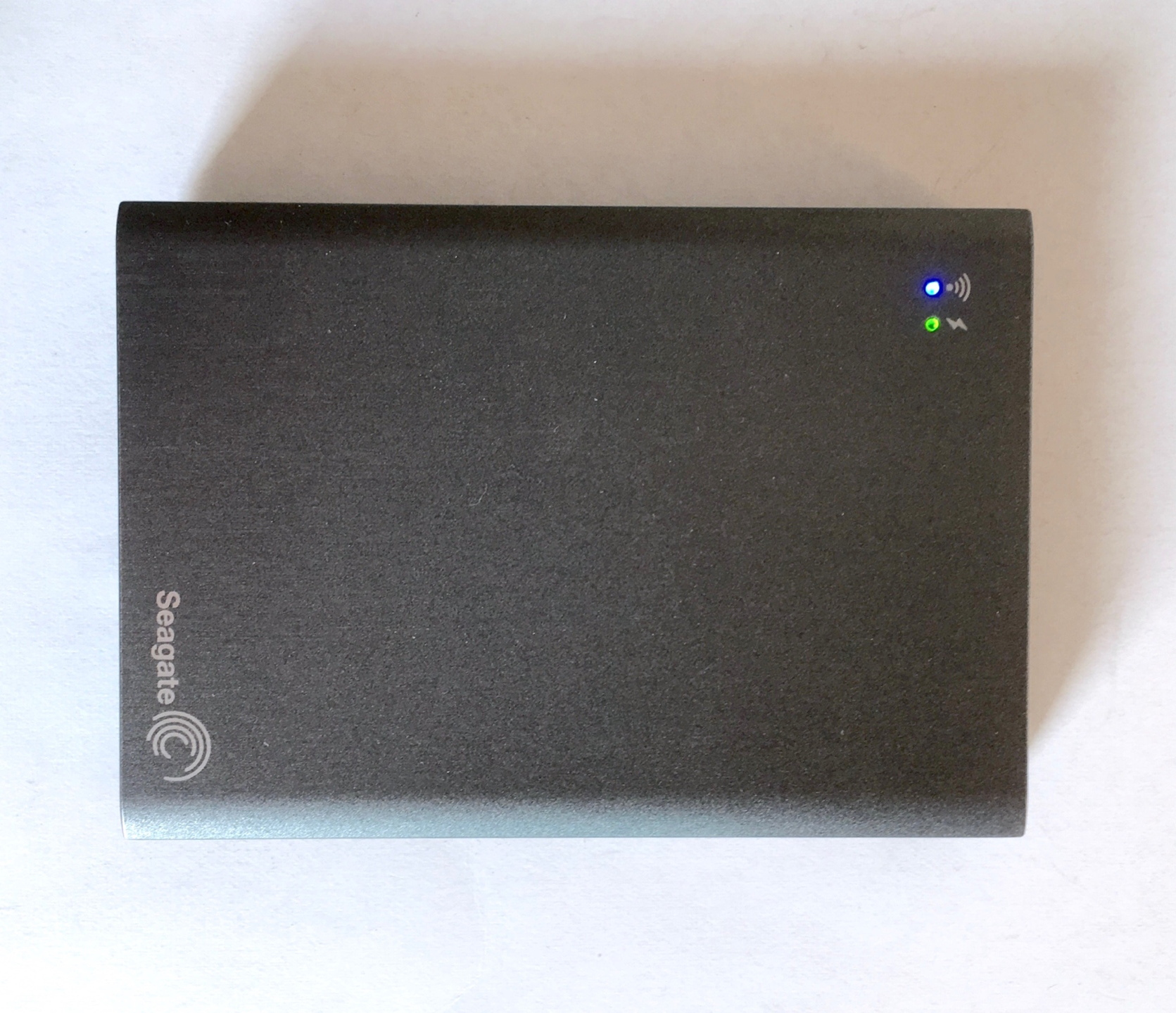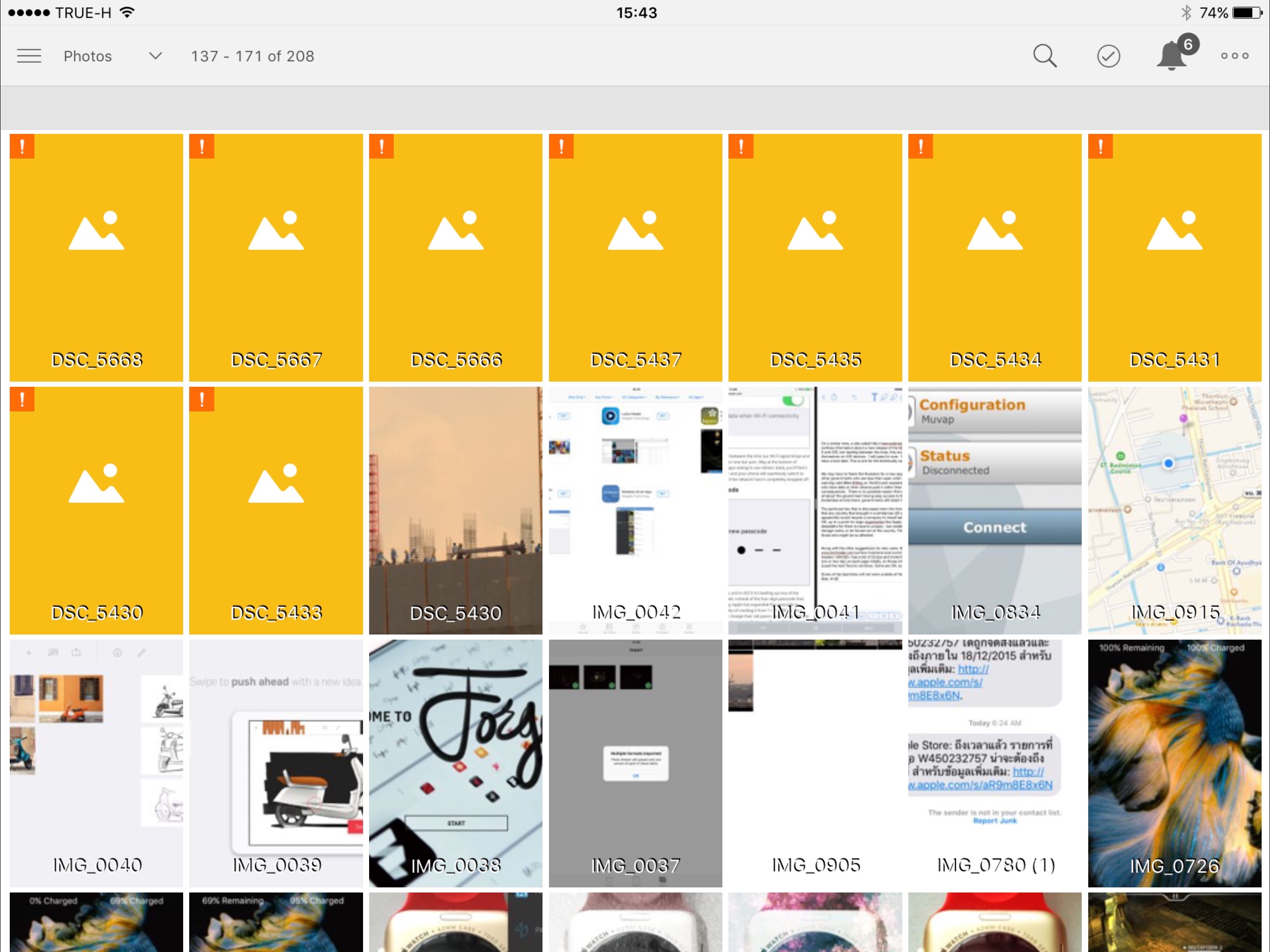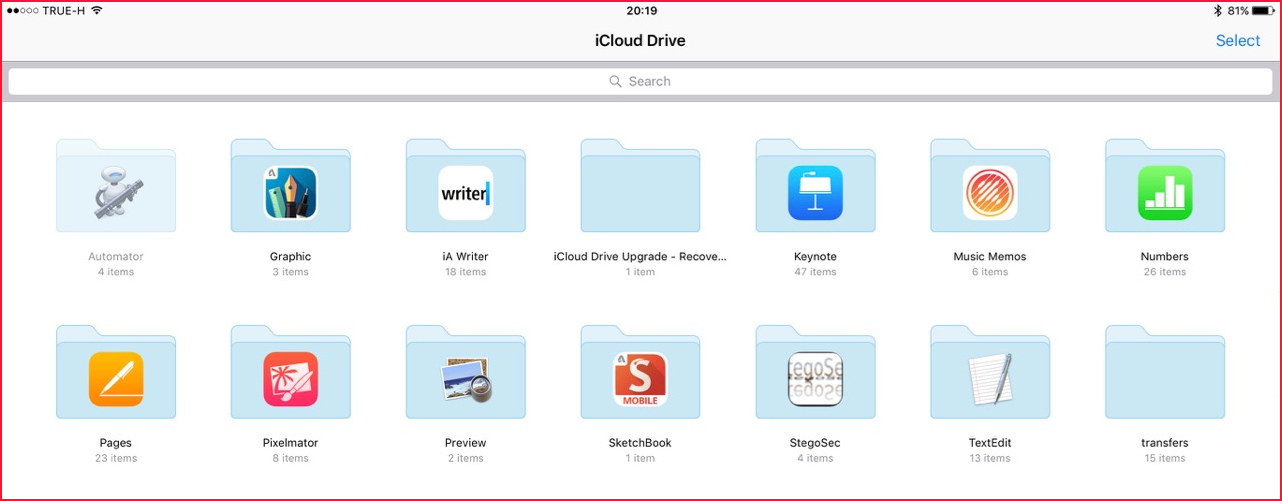Cassandra: Upcoming Events (2) and Feature Requests for iOS

AMITIAE - Tuesday 26 April 2016
|
Cassandra: Upcoming Events (2) and Feature Requests for iOS |
 |
|
|
By Graham K. Rogers
Last week, taking advantage of new features that are now available in iOS I took a bunch of photos with my Nikon DSLR camera and transferred these to the iPhone using the SD card-Lightning adapter I have. They were all available for some editing within a few minutes (over 60 images were imported), but because of the ambient lightning, many needed white balance to be fixed. The photos I had taken a few days earlier of street scenes during the day were fine.

This highlights two (slightly-related) aspects that could also see improvements from Apple in the next months: iCloud is still lagging in some aspects; and some users cannot rely on cloud access for data storage. Other solutions are needed.
Synchronization of photos only works if WiFi is available. This is a problem for some as not everyone round the world has access to super-fast, Cupertino WiFi speeds. A photo I took on the iPhone 6s Plus is shown as 1.7MB. An unedited photo from the Nikon is 19MB (or more). 50 Photos, or more in some cases, could be in excess of 1GB. While that sort of data transfer would eat into a user's data allowance on a carrier account, a more rapid transfer system would add to the functionality of some devices, particularly the iPad Pro which is being touted as a replacement (I prefer the word, Substitute) for a computer. Cloud transfers should be made more efficient, but it seems nonsensical to me, working in Bangkok, that my photos have to travel to the USA (or some other data center) and then back again, to be viewed on another device (OS X or iOS) that is a couple of meters away, in the same room and sharing the same WiFi network: yes I want the photos in iCloud, but I also want them on my other devices, toute de suite. I have suggested in the past (and this is now added to my iOS 10 wants list) a hybrid feature that allows a more direct transfer of photos between a user's devices on the same network: a speedy device-to-device operation, along with a more measured transfer of the images to iCloud and the user's storage.


I have added a Transfers folder to iCloud (on the Mac) which allows me to send other files to my iOS devices. Tapping on the file, once it has appeared on the iPhone or iPad, opens a suitable app so I can view or edit as needed. Again, this has shortcomings and what is really needed is a direct Lightning to disk solution: files stored on a disk are accessible from the iOS device so they may be transferred to the device or viewed. Not all files can be edited (e.g. .rtfd).

Many feel that the time is due for Apple to add some sort of functionality that will allow connection of a hard disk via the Lightning connector so that data can be managed more efficiently: for some, iCloud (and similar solutions) may not meet all their requirements and a hardware option might be preferred.
Graham K. Rogers teaches at the Faculty of Engineering, Mahidol University in Thailand. He wrote in the Bangkok Post, Database supplement on IT subjects. For the last seven years of Database he wrote a column on Apple and Macs. He is now continuing that in the Bangkok Post supplement, Life. |
|

For further information, e-mail to
Back to
eXtensions
Back to
Home Page